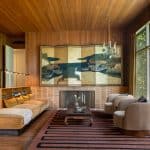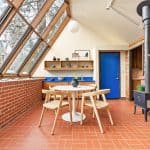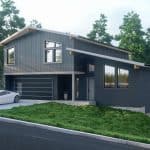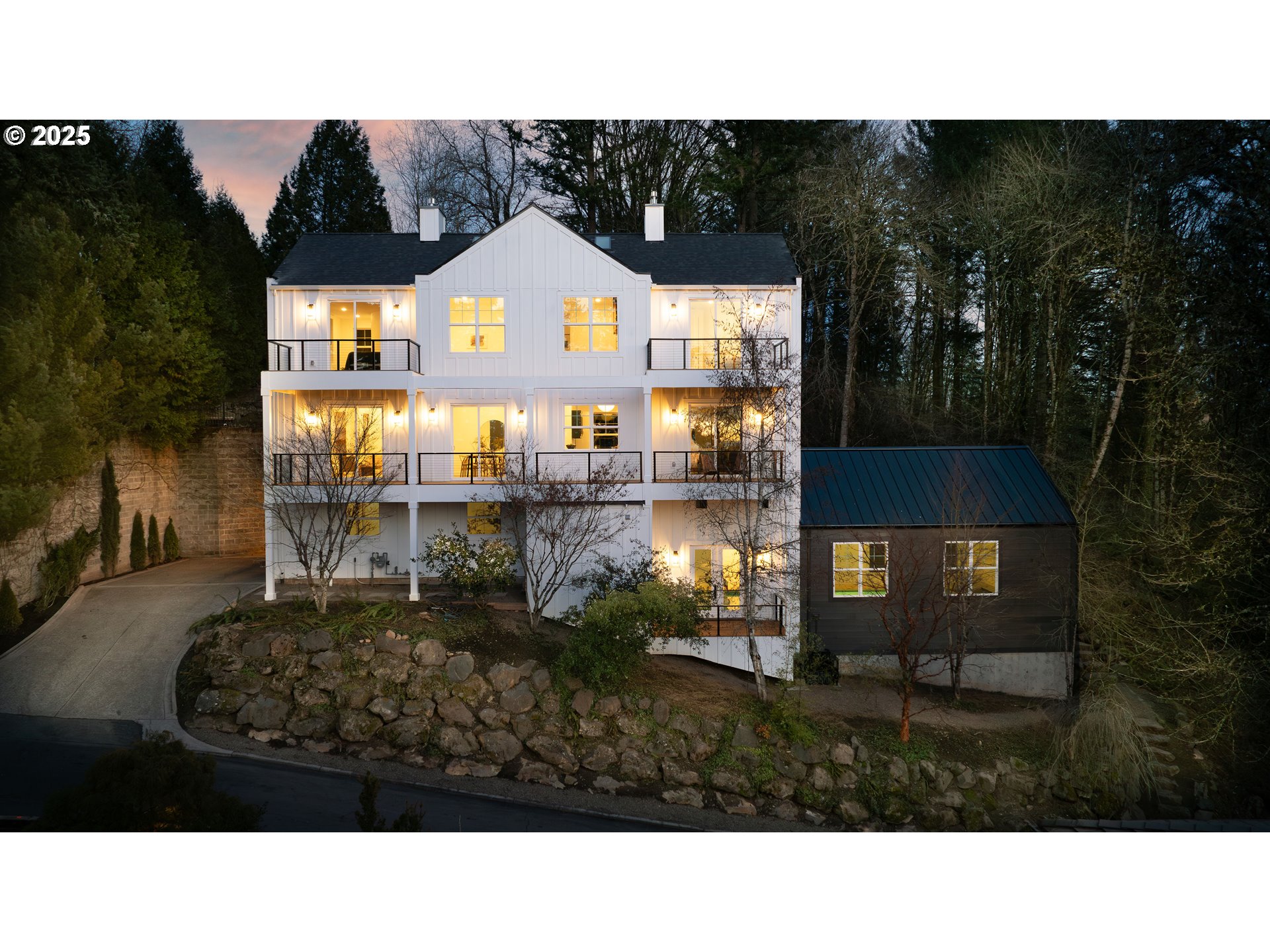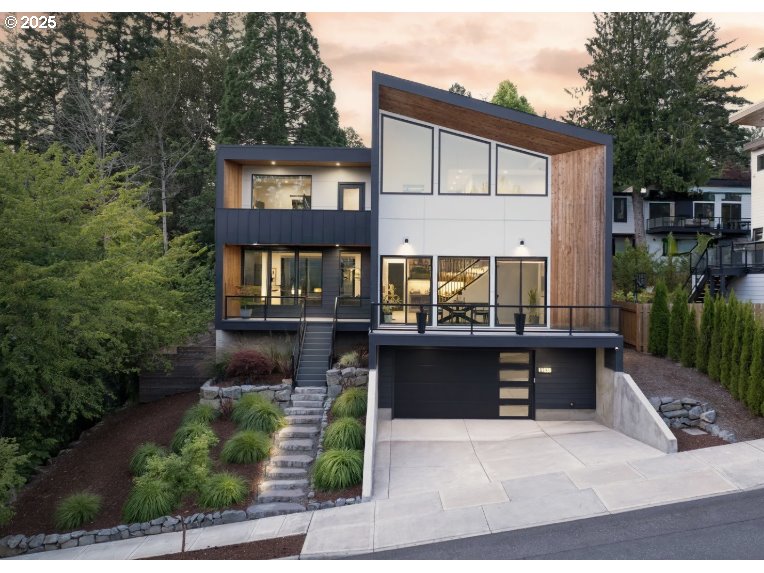John Yeon is credited with being one the the founders of the Northwest Regional Architectural style. One of his most popular projects, the Watzek house, was widely published and admired in both Europe and the US. It was deemed by House Beautiful magazines 1946 issue as “one of the great houses of America”. Some of the most notable features of a Yeon residential design is his use of unique features such as: double glazed windows, hidden cabinets, window ventilation systems (believed to be invented by Yeon) where the window would not open but either above or below it there were vents to allow the structure to breath so that you would not clutter your landscape view with a screen. The concept of his design was to incorporate the structure into its surrounding landscape, working with natures lines. Yeon had virtually no formal training as an architect and never received his architect license but was made an honorary member of the American Institute of Architects and he was awarded Lewis and Clark’s Aubrey Watzek award in 1980.
Yeon was one of the early conservationists, fighting to save historic buildings and becoming a lobbyist for the preservation of the Columbia River Gorge. In 1964, he persuaded the head of the U.S Bureau of Roads that the I-84 freeway should follow more closely the curves of the natural landscape rather than cut through it. When he was 17, Yeon borrowed money against a life insurance policy to purchase a piece of property called Chapman Point which was (allegedly) proposed as a site for a dance hall. Yeon never built on this coastal piece of land, and it is now one of the most photographed sites along the Oregon Coast.
UPDATE: The below content is from the comments (for clarification) left by Richard Louis Brown Founder of the John Yeon Center for Architectural Studies who also donated the Watzek House to University of Oregon’s School of Architecture and Allied Arts. Thank you.
“Yeon was office boy in the firm of Herman Brookman at age 14 and 15. Later, at age 26, he had a very brief (and uncomfortable) stint of about three months in the A. E. Doyle office during the production of working drawings for the Watzek House, which he had designed on his own. (A more extensive history is included in Yeon’s interview for the Smithsonian Archives of American Art, 1982-83, and in Meredith Clausen’s book on Pietro Belluschi, MIT Press, 1994.) Timberline Lodge was not designed by the A. E. Doyle office, nor did Yeon have anything to do with the lodge as it was built. On his own, he proposed a lodge for Timberline and built a model (which still exists) but it was in a Modernist style and sited differently from the lodge as built. He did have a minor role in the design of the lobby of Doyle’s Public Service building in downtown Portland, but did not work on other “prestigious projects” of the Doyle office, and the implication that his career developed under Belluschi is erroneous. He was, for virtually his entire design career, completely independent.
From an early age, Yeon was a tireless advocate for parks and city planning, historic preservation, and landscape preservation–but he was never a professional lobbyist. He was 21 when he purchased Chapman Point. It is a stretch to say that the point was going to be the site of a dance hall, although the property was for sale, and a dance hall had been mentioned as a possibility. At the time, he hoped that the state parks would eventually be able to buy the point and add it to Ecola State Park, but he ended up protecting it for the rest of his life. After his death, in 1994, his coastal property was sold, with the stipulation that the point would be added to the park.”


